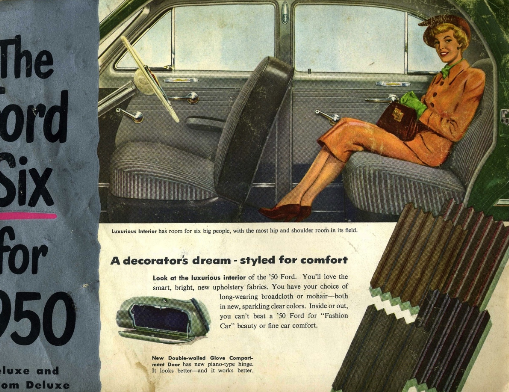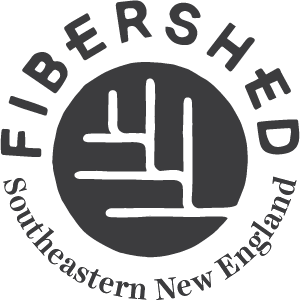
WOOL LITERACY, is a weekly series that we hope will get readers a little more literate with wool. Our teacher is none other than Peggy Hart, Founder of Bedfellows Blankets.
Over the next few weeks, we are looking at a series of mostly forgotten woolen fabrics, more or less in the order in which they were manufactured in the U.S.: flannel, broadcloth, satinet, kersey, cassimere.
Broadcloth
Plain woven woolen fabric, heavily fulled and napped. Width on the loom could be anywhere from 85-95 inches, but 54-64” after fulling. Weaving on such a wide loom required two people until 1733, when John Kay invented the fly shuttle. It was imported from England to America as early as the 17th century and sold to colonists and Native Americans (termed trade cloth in this context). It was used for outerwear, as it could be up to ¼” thick.
Broadcloth found a new market as car upholstery beginning with the Model T, and was used as such until 1950 when it was replaced by synthetics.
About our Wool Literacy teacher:
Peggy Hart is a production weaver and teacher who designs, produces, and markets hundreds of blankets each year including custom blankets for sheep and alpaca farmers using their own yarn. She attended the Rhode Island School of Design, worked as a weaver in one of the last mills in Rhode Island, and has woven for the last thirty years on Crompton and Knowles W-3 looms. She has a special affinity for wool, and her book Wool: Unraveling an American Story of Artists and Innovation was published in December of 2017.
Read more about her here.
(Main image: Nez Perce Native American woman with broadcloth)
